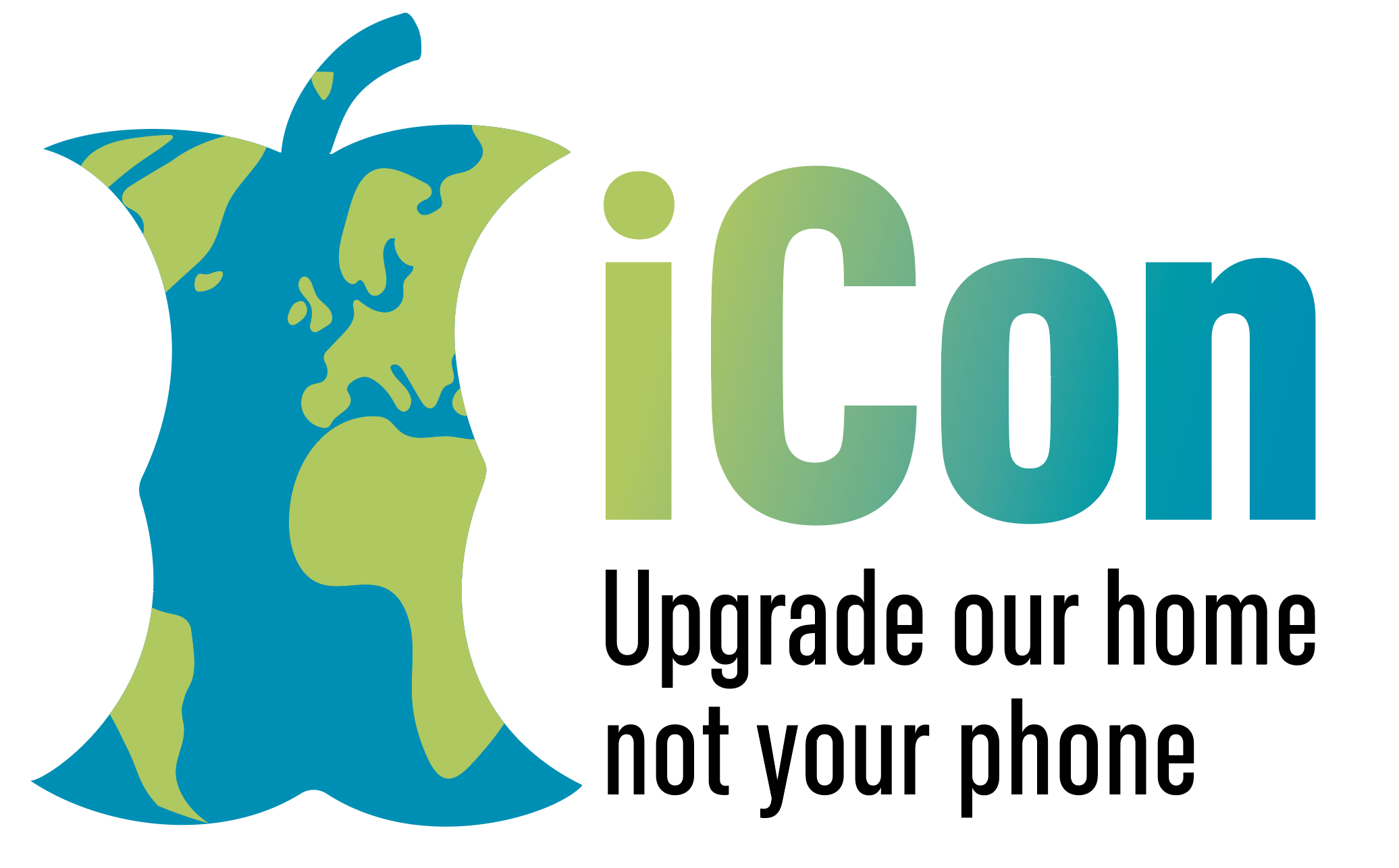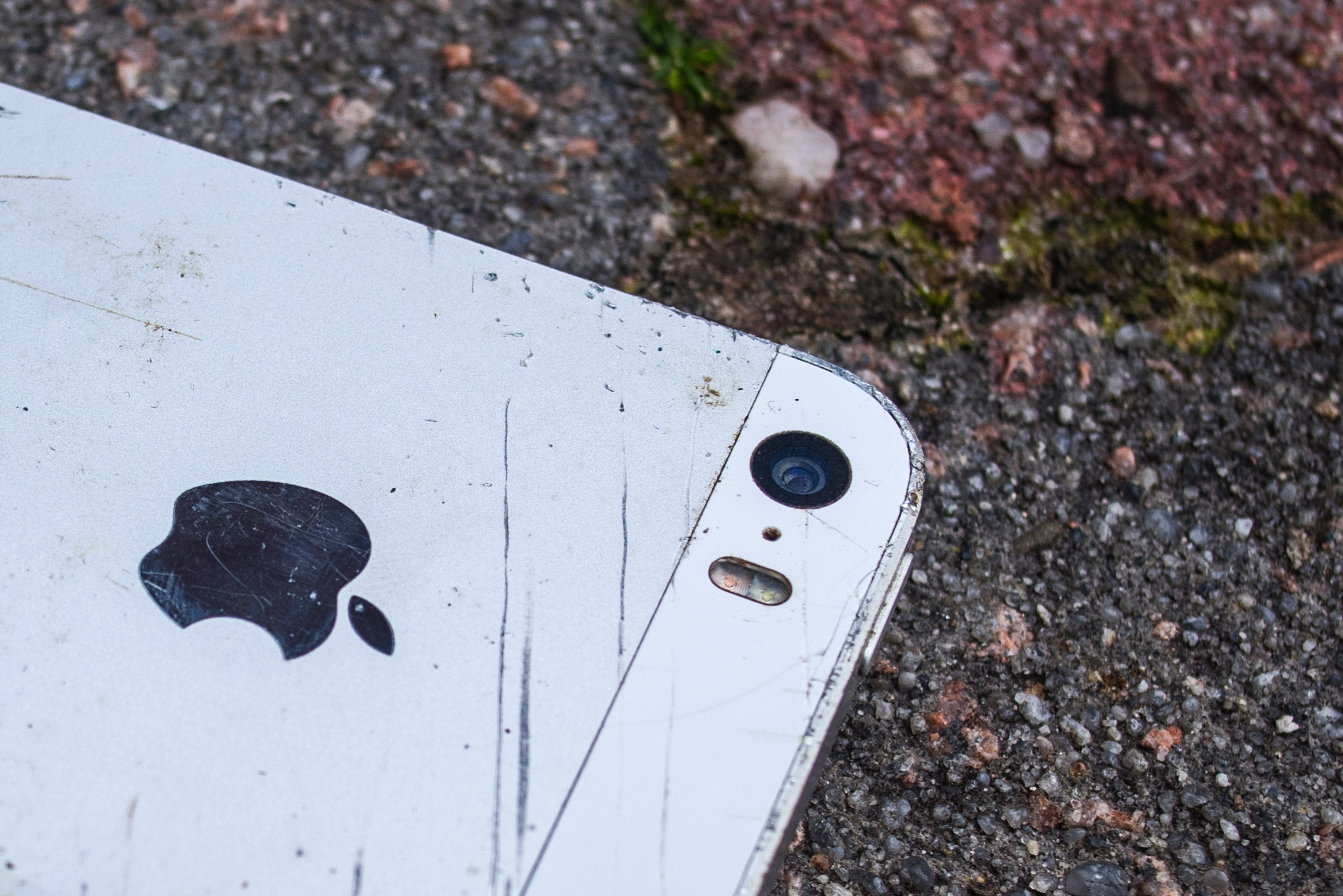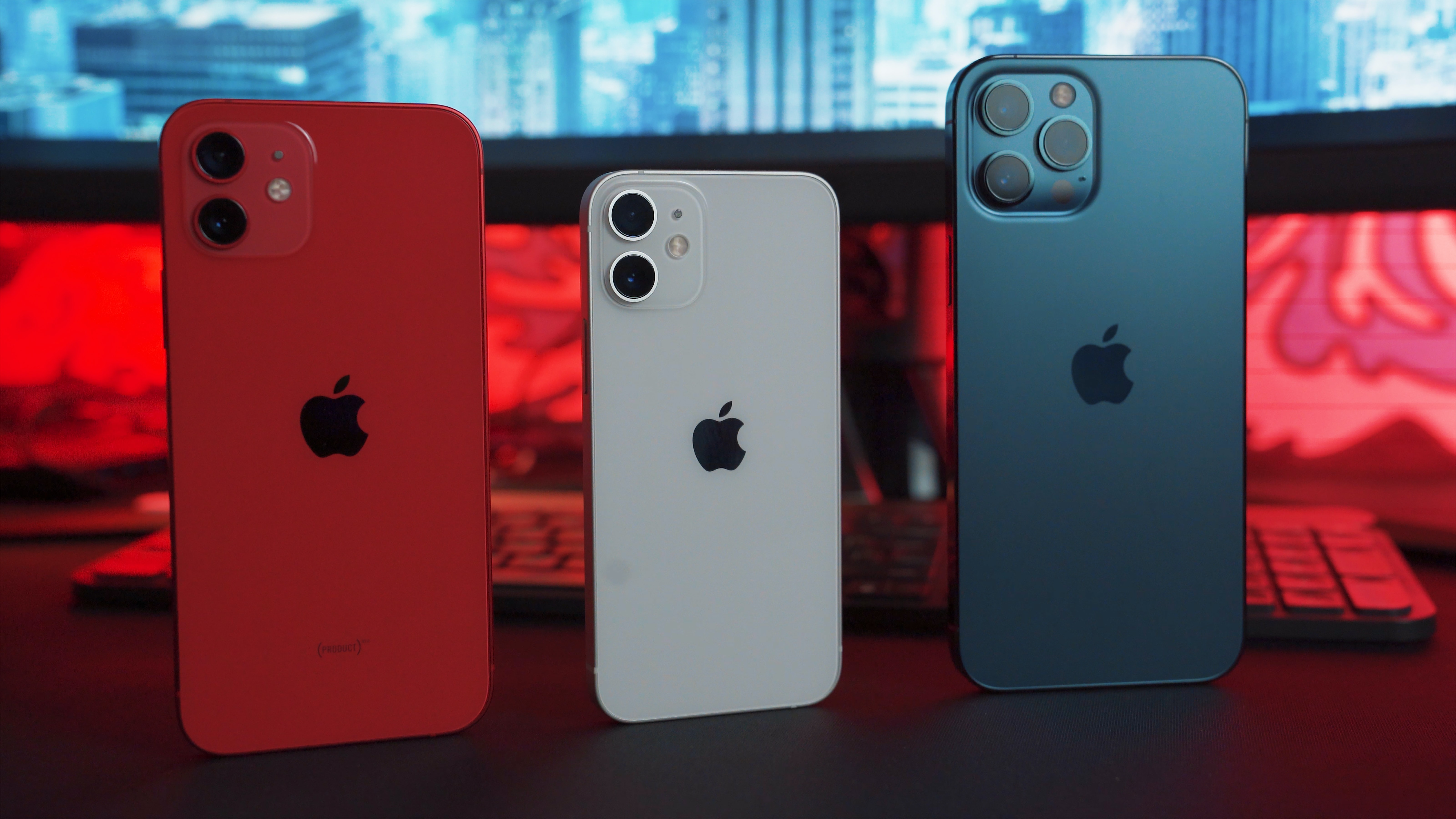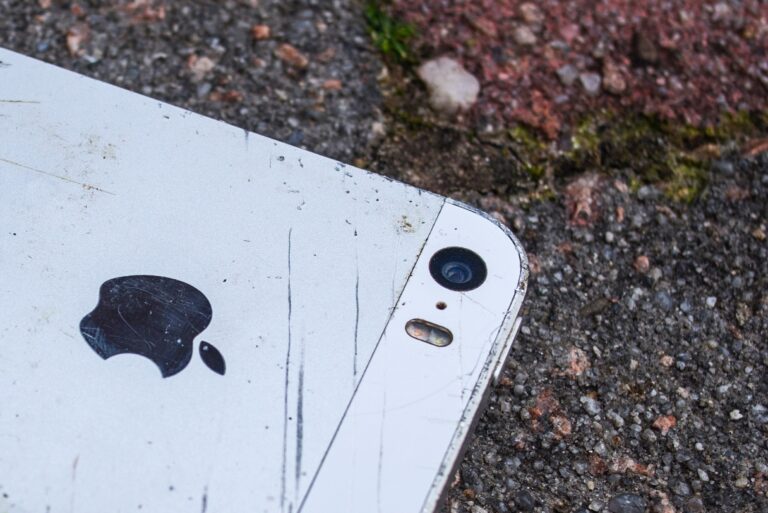
The core of the problem: consumption
At Population Matters, we’ve long intended to launch a campaign targeting overconsumption. At the heart of the environmental crisis that threatens all our futures are our excessive demands on the planet. It simply can’t sustain the number of us there are, doing the things we choose to do.
The environmental movement as a whole often falls into the mistake of talking about consumption but ignoring population, as though the quantity of consumers is somehow irrelevant to the level of consumption. We have never fallen into the trap of talking about population without talking about consumption, and our new We Don’t Buy It campaign raises the level of our engagement. We are no longer just talking about consumption, we are acting on it.
The campaign looks at the full range of issues related to consumption, and its first specific target is Apple. Why Apple? Campaigner Maureen Medina explains below.
Why Apple?
Let’s get to the core of the problem: too much stuff being made, marketed, bought, and disposed of. Tim Cook, Apple’s CEO, has casually stated that its “hardware ecosystem” (not just iPhones) had exceeded 1.65 billion devices by the end of 2020. About 500,000 iPhones are estimated to be produced a day – that’s 350 iPhones per minute. How does Apple keep up with demand? They create it. That’s what we’re seeking to change.
Apple, once the most valuable company in the world, was surpassed in 2022 only by Saudi Aramco, a petroleum and natural gas firm. With a market capitalisation of $2.27tn and $365.8bn in revenues, Apple’s reign relies mostly on iPhones, which generate over half of its revenue.
Each one of those phones comes at a cost to our planet, in energy, resources, and waste – small individually, massive collectively. But Apple’s goal is to have us buy even more units: each year it gives us a new product to desire, spending hundreds of millions promoting something which is usually only slightly different from the thing they wanted us to buy last year.
From extraction to manufacture, distribution, and then the breakdown of waste, Apple curates a wholesome corporate giant profile with multiple reports on their sustainability practices, many of which are commendable, including aiming to be carbon neutral by 2030. They also promote programs that focus on empowering workers, people of colour, and communities in lower-income countries.
While we applaud their efforts to reduce their ecological impact, we must acknowledge that, so far, they aren’t: releasing and marketing unneeded new products every year rolls back environmental gains and encourages a culture of hyperconsumption far beyond our planet’s capacity to handle.
Of course, Apple isn’t the only company to do this – but they are the most iconic.

The environmental cost
Phones are not as destructive to the environment as, for instance, cars, planes, intensively reared meat. But as consumers, we must understand that everything we produce, buy and dispose of comes at a cost to our planet.
Materials
Smartphones are made of multiple ingredients, from gold and aluminium to glass and plastic. The extraction of minerals and metals from the Earth often results in loss or harm to places people live and wild habitats, driving biodiversity loss and compromising food and water supplies. It creates contamination, air pollution and the release of greenhouse gases. Land covers from forests to wetlands, and from deserts to coral reefs are often seriously and irreversibly degraded. Recycling (as Apple does for some of its raw materials) helps, but that also demands energy and generates waste.
Manufacture
While Apple designs and sells the iPhone, it employs over 200 suppliers to make the components and assemble each phone. Once minerals have been extracted and made into parts, they join other components such as plastics and glass (themselves produced at an environmental cost) being distributed to those factories. Minerals are mostly transported by plane, railroad or cargo ships, which emit lots of carbon and up to 300 million tons of fuel. Parts are shipped back and forth – depending on their stage in the process.
Apple is commendably moving towards renewable energy, eliminating plastics in packaging, reducing water impact during manufacture eliminating waste sent to landfill and avoiding exposure to chemicals that could endanger human health and the environment. But, packaged up, finished products then must be sent to Apple distribution centres around the world. Wherever those materials and components come from, over half of Apple stores are located in the U.S.
End of life
Every one of those 1.65 billion devices Tim Cook talked about will need to be disposed of.
E-waste contains toxic substances such as brominated flame retardants, lead, and mercury, where the disposal consists mainly of incineration and landfill deposition. According to a UN report, electronic waste (e-waste) is the fastest growing form of domestic waste globally.
Apple has a recycling programme that recycles cobalt and tin and uses carbon-free aluminium. But recycling of materials is not a net gain to the environment, it just reduces the cost – it still consumes energy and materials and produces waste and emissions as a process.

The iCon: selling us what we don’t need
Planned obsolescence is a business strategy in which products are designed with certain frailties or limitations that would lead to their inevitable obsolescence, therefore necessitating the purchase of a replacement product. In the past, Apple has been challenged over this, facing complaints, investigations and lawsuits. Apple has consistently denied these charges, but has come to settlements in a number of such suits.
While the phones themselves don’t become obsolete, concerns have been raised that iPhones as little as three years old are no longer supported by Apple’s newest operating systems, on which they rely. Today, however, the issue is what is sometimes called “perceived obsolescence”. That is a marketing strategy in which a consumer is encouraged to purchase a new device, for example, while their current phone is still functional. Newer products boast features and functionality that older items may not have or be able to support, therefore priming consumers to buy into the notion that newer is better.
No one forces us to buy, of course, but if marketing didn’t work, companies wouldn’t do it. Apple has stopped reporting its marketing spend, but in 2015 it was $1.8bn.

What the numbers really mean
When Apple sells, and we buy an iPhone, that money goes to Apple and its shareholders. Where else could it go?
- In July 2021, UN World Food Programme Executive Director David Beasley said it would take about $40 billion each year to end world hunger by 2030. With Apple’s net worth of $2.27 trillion, they could end world hunger and then feed the world for almost 5 decades after.
- The UN has estimated that it would cost US$246bn to end unmet contraceptive needs, gender-based violence and harmful practices, and preventable maternal deaths. That’s less than one year’s revenue for Apple.
- A large, family-size mosquito net costs around US$2, and they are estimated to have saved more than 7 million lives since 2004. An iPhone 14 Plus costs US$899 – that’s the price of 450 nets, enough to prevent more than 2,000 cases of malaria. One phone.
What can I do?
The first focus of our We Don’t Buy It campaign is the “iCon”: the idea that we need to buy new things to replace those which are already doing everything we need. Learn more about the campaign and what you can do, and email Tim Cook, the CEO of Apple to urge them to stop the endless cycle of “upgrades”.
The big changes
Apple is not responsible for the system which encourages us to spend our money on things we don’t need while others go without. Nor is it responsible for our choice to buy. It’s not the only company selling us smartphones or marginally improved products every year. But it can make changes that really matter.
The owner of clothing firm Patagonia has just given it to a charitable trust, with all profits now going to fight climate change. In 2011, it launched an advertising campaign called “Don’t buy this jacket”, which encouraged customers to consider the implications of purchasing new products.
Of course, our economic system needs more than companies changing their policies and the occasional enlightened billionaire to make it just or consistent with preserving our planet and making nature healthy again. It needs deeper changes, including the way we behave as consumers. Find out more by reading about the entire We Don’t Buy It campaign.
In the meantime, we can put pressure on Apple to lead the way. Please email Apple’s CEO, Tim Cook, and demand that he postpone the release of any new iPhones until at least 2025; and then see what else you can do as a consumer and customer. (You can read our letter to Tim Cook here.)


